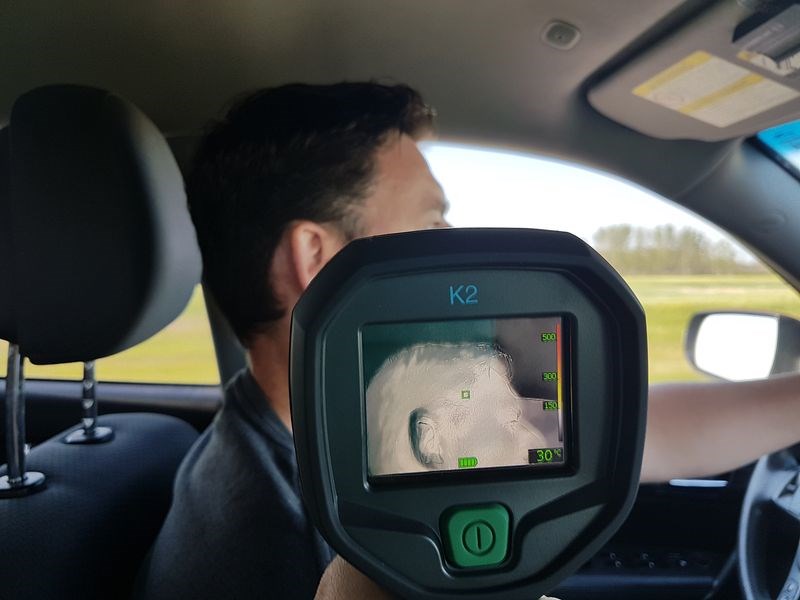The Canora & District fire department was recently awarded a new thermal imaging camera (TIC), thanks to the generousity of the Prince Albert Firefighters Association, said Mike Doogan, Canora fire chief, in an interview last week.
The Prince Albert charity was looking for worthy causes to support and decided to focus on First Nations communities, many of which suffer from a lack of fire protection across Saskatchewan, said Doogan.
A recent Canada-wide audit showed 53 First Nations communities lacked adequate fire protection, 13 of which were in Saskatchewan. Since 2010, 16 people have died in fires in Saskatchewan First Nations communities, 10 of which were children under the age of 12.
When the Canora & District fire department found out about the opportunity to acquire one of the TIC units, the group quickly sent in an application, since it provides secondary fire services to The Key First Nation.
In addition to Canora, 12 other volunteer fire departments in Saskatchewan received cameras. All are either primary or secondary fire departments for at least one First Nations community in Saskatchewan.
Doogan said the TIC will be helpful in a variety of ways.
“We can use it to find hot spots or fires burning in the walls or ceilings that cannot be detected by the naked eye. With a lot of older homes in the Canora area having wood chip insulation this will be an invaluable tool for fire fighting,” he said.
In the fire setting, the TIC shows grey to white up to 150 degrees Celsius, yellow up to 300, and red up to 500.
For search and rescue the fire department would use the camera to find missing persons by body heat, said Doogan. In that setting, the same colours still appear, but they would change every 50 degrees. Since the colour settings are lowered, the unit would more easily pick up the heat signature from a person.
For convenience, the TIC can be switched back and forth from Fahrenheit to Celsius.




